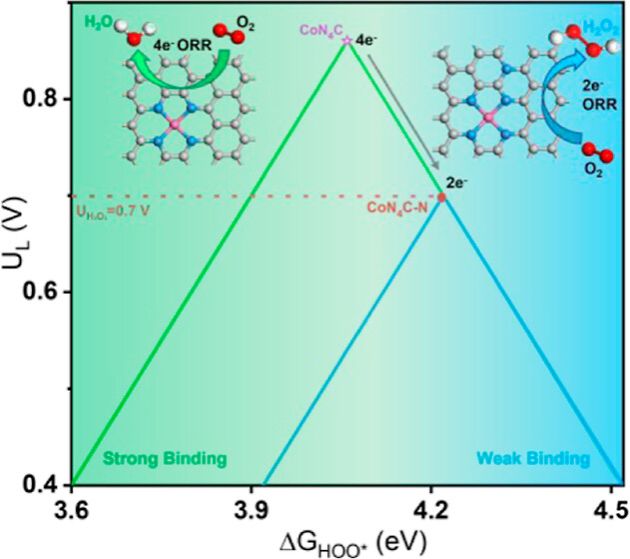An ionomer strategy is introduced to deal with two major performance-limiting issues for the proton exchange membrane fuel cells (PEMFCs) operating under low platinum (Pt) and low humidity. Specifically, the highly hydrophilic multiple-valence Anderson-type polyoxometalate (POM) clusters, [MnMo6O18(OH)6]3-, are chosen to covalently graft the perfluorinated polymer, substituting for sulfonate groups as proton carriers in perfluorosulfonic acid (PFSA). The structural and electrochemical characterizations indicate that this POM cluster, with large size, charge delocalization among multiple terminal oxygen atoms, and high hygroscopicity, can prevent the ionomer adsorption, which is believed to induce dense backbone crystallization to hinder O2 permeation at Pt/PFSA interface, and lead to ionomer assemblies with large and well-connected hydrophilic domains, which are recognized as the channels for efficient oxygen transport as well as proton conduction. Besides, the involvement of redox Mn ions in POM clusters makes the ionomer have capability to scavenge peroxides, which are known as the major chemical agents to degrade the MEA components. Consequently, fuel-cell cathodes using the POM-grafted ionomers exhibit significantly lower local O2 transport resistance and higher proton conductivity as compared with the PFSA-based electrodes; and accordingly, the fuel cells exhibit much increased output performance at 50% relative humidity and impressive performance stability.
https://doi.org/10.1002/adfm.202408118
